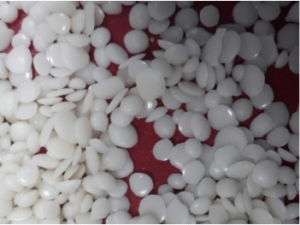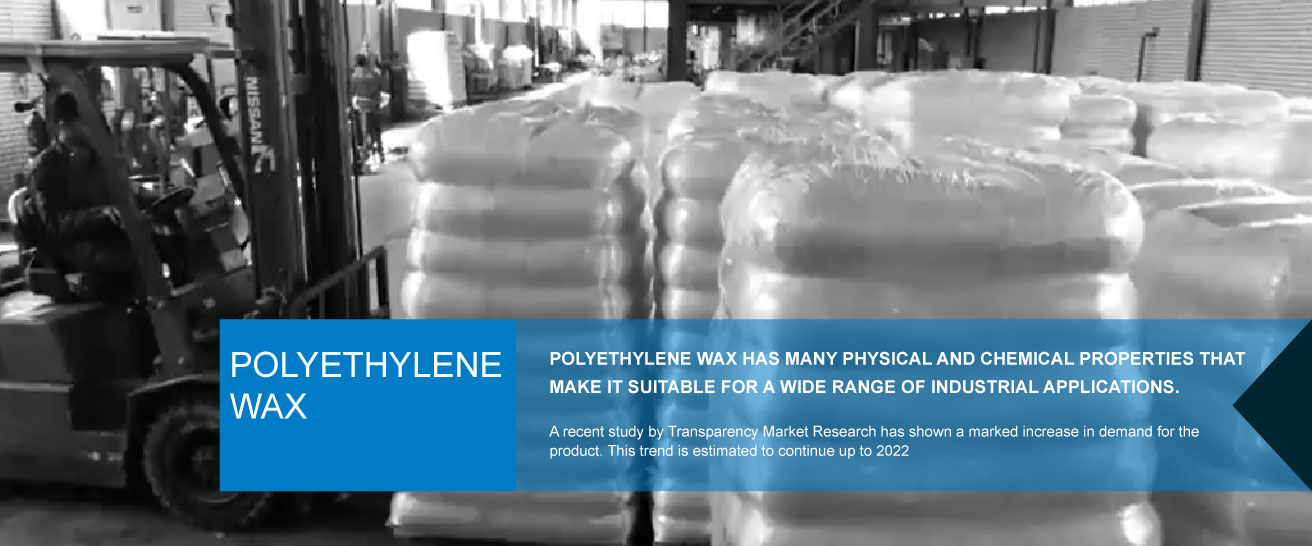
Polyethylene Waxes
Polyethylene wax is a polyethylene material with a very low molecular weight that is made up of ethylene monomer chains. It is mostly accessible as a by-product of crude oil cracking polymerization into ethylene. Polyethylene wax is divided into two types: LDPE wax (low-density polyethylene wax) and HDPE wax (high-density polyethylene wax). It’s also been on-purpose changed with certain necessary values, such as oxidized waxes.
It may be used in a wide range of ways to enhance efficiency and usage. PE Wax is in high demand across the world, and FT wax has performed well in several instances as a PE Wax substitute.
It really is worth noting that multiple procedures have been used to produce PE Wax using PE wastes in order to deal with financial difficulties and provide an alternate route to collect waste wax, especially whenever petrochemicals are focused on acquiring the end PE product rather than any kind of by-product. China is the world’s major consumer of waxes, and thus the ongoing Coronavirus outbreak has harmed the Chinese economy, which might have a massive impact on associated industries globally.
Geflow Available Waxes
There are non-polar polyethylene waxes as well as polar oxidized waxes to choose from. Our product portfolio includes HDPE waxes, copolymer PE vinyl acetate waxes, polyvinyl ether waxes, and hybrid waxes, every one of which with its own special characteristics:
- HDPE wax has a high softening point, and low viscosity and good hardness are among its features. This wax has a wide range of applications because of its chemical and color resistance.
- Copolymer PE vinyl acetate has high flexibility, elasticity, and adherence to the surface.
- Hybrid wax is made up of PE wax and natural sugar cane wax combination.
- Polyethylene wax provides a number of advantages when employed as a treatment agent or to enhance the surface characteristics of materials.
Production Process of Polyethylene Waxes
There are different methods for producing polyethylene waxes that are explained below:
- High-Pressure Polymerization
In this method, polyethylene waxes are made from ethylene that has been polymerized under high pressure. Molecular structures constructed by this method are highly derived and extremely stable in terms of temperature, pressure, UV radiation, and chemicals.
- The Ziegler-Natta Synthesis Method
The polymerization process is done using organometallic catalysts at low pressures and temperatures in this method. Low-branched, crystalline structures will be formed as a result of this process.
- Polyethylene Thermal Degradation Process
Degradation refers to the controlled and targeted decrease of the molecular weight of polymers that will happen at a specific temperature and pressure setting. The main objective of this process is to increase the rheological qualities as well as the precise formation of the needed carbon chains or molecular weight. This process results in shorter carbon chains that are more flexible, have better adhesion qualities, can be polished, and can be emulsified.
- Synthetic Wax Oxidation
Oxygen can oxidize all synthetic waxes at temperatures slightly below the melting point. The Geflow line of oxidized waxes can function as internal lubricants and can be used to make water-borne emulsions and.
Polyethylene Waxes Different Forms
PE Wax is available in different forms, and each one of them has its own characteristics and applications:
Lumps
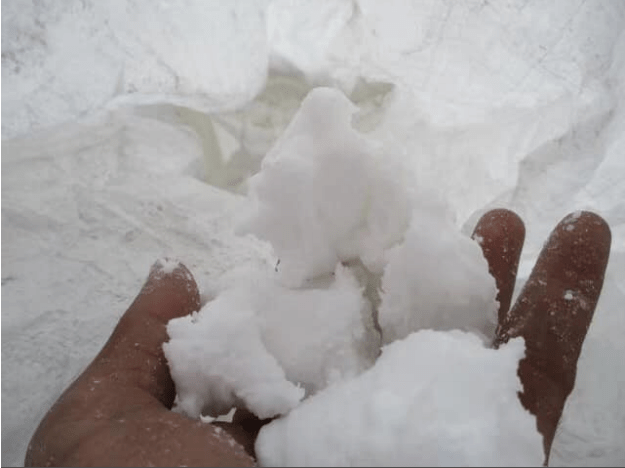
Flakes
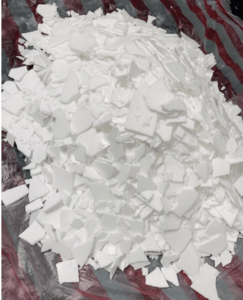
Beads / Prills / powder
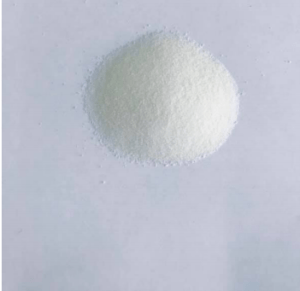
Granules
The Most Common Applications of Polyethylene Waxes
Polyethylene waxes have several applications in different areas and they can be used in the production of the following materials:
Inks, Paint, Engineering Plastic (Composites), Master-batch, PVC extrusion, Lubrication, Hot Melt Adhesive, Pigment dispersion / Coloring agent, Coating, Surface Modifying, Release agent, Viscosity adjustment, Scratch resistance, Additives and stabilizers, Polishes, Rubber processing, WPC, Blending with other waxes, etc.

